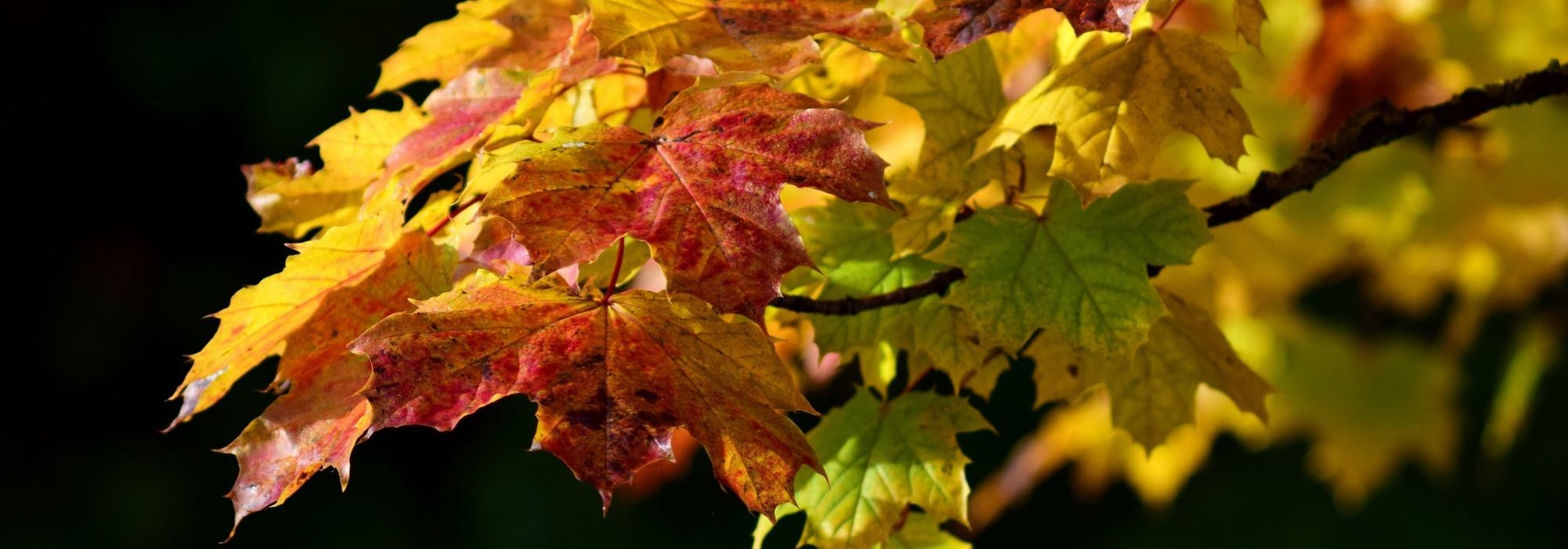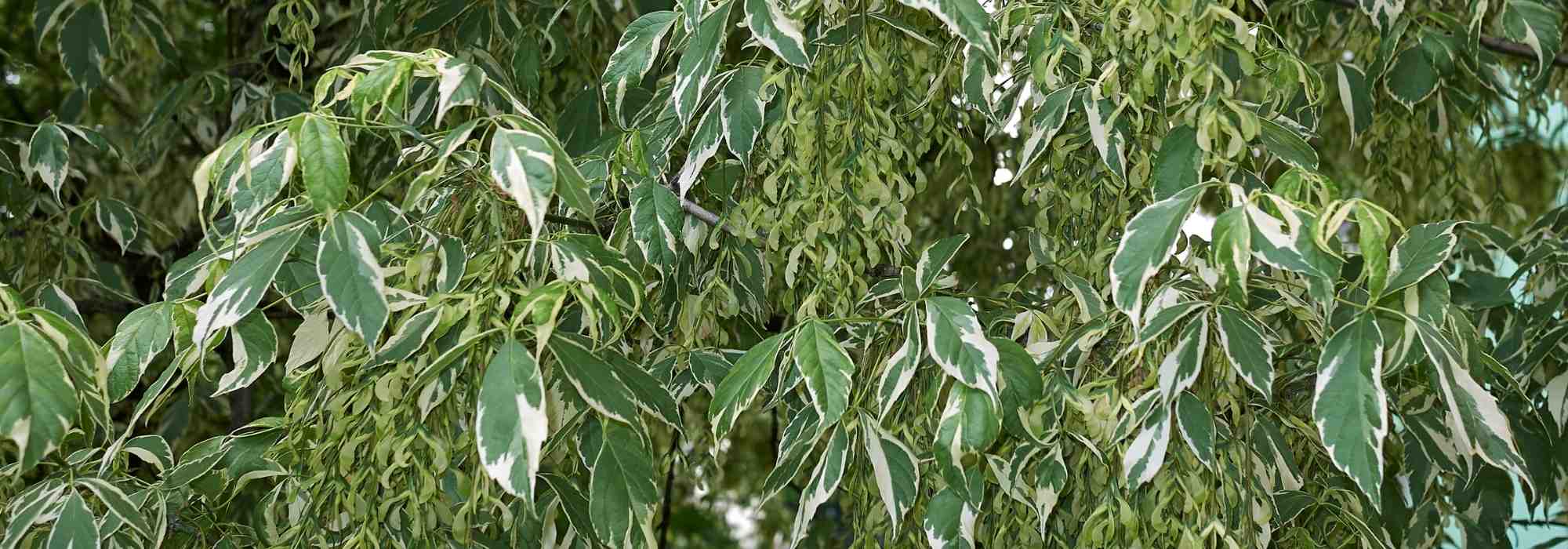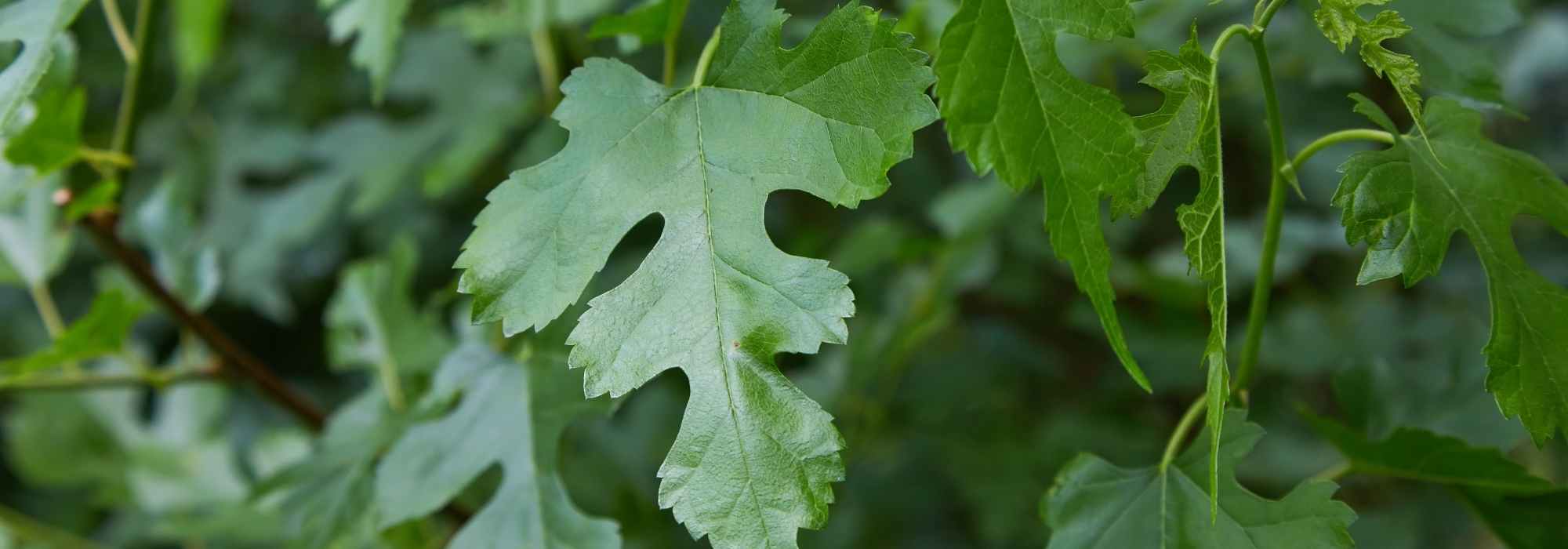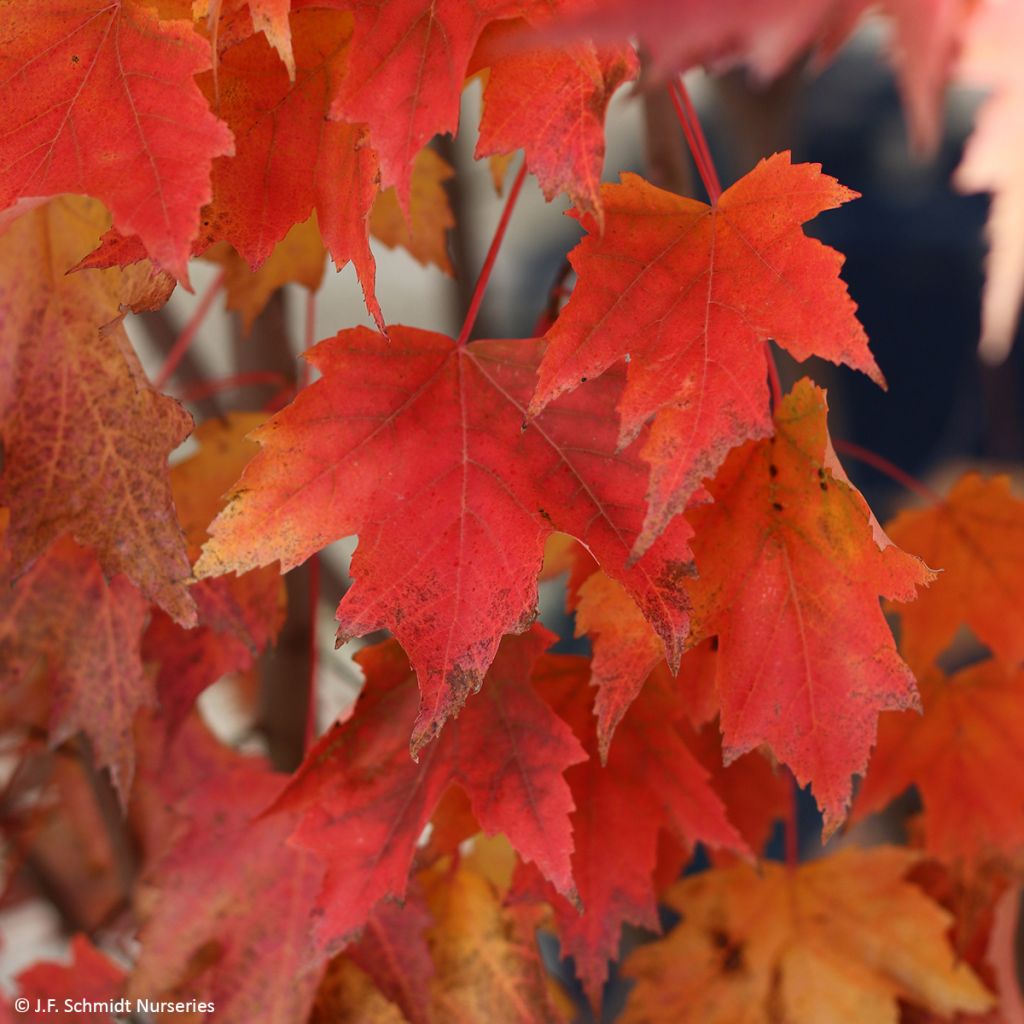

Acer rubrum Armstrong Gold - Red Maple
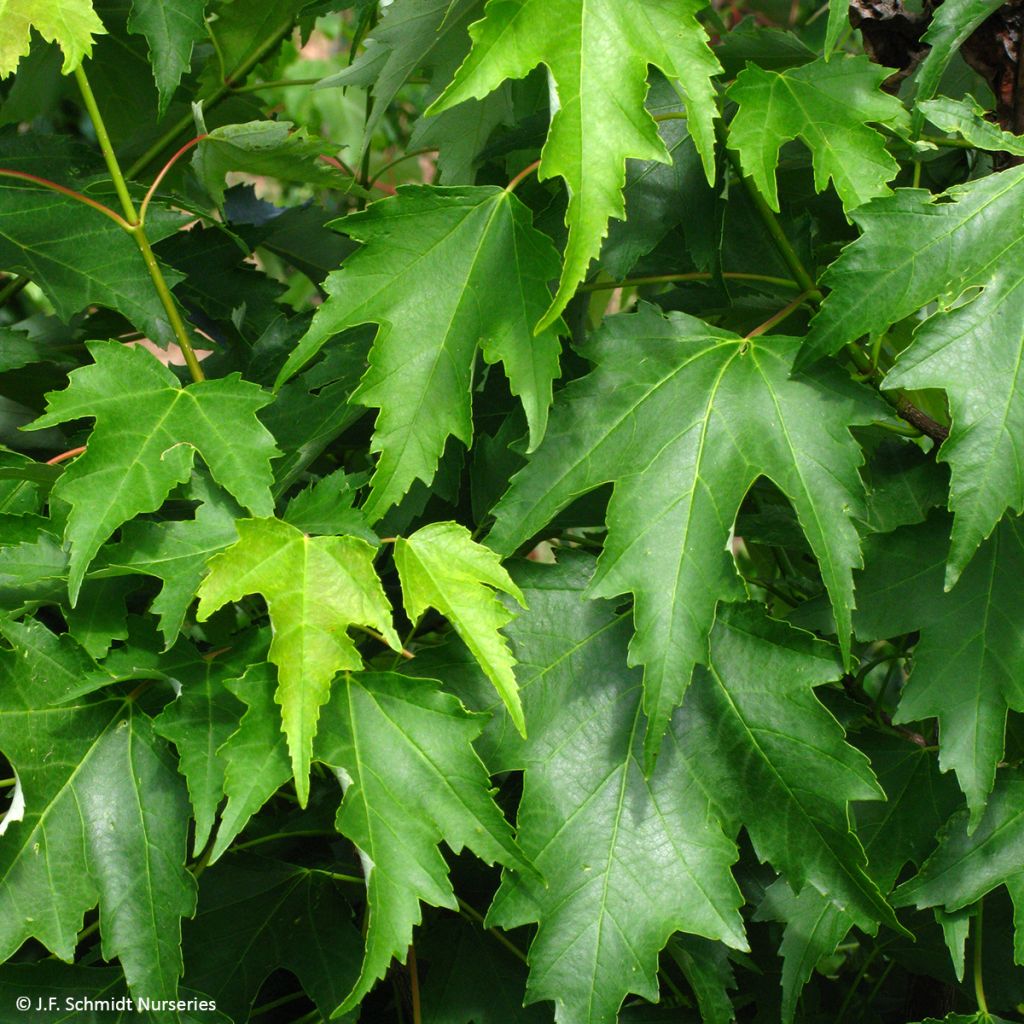

Acer rubrum Armstrong Gold - Red Maple
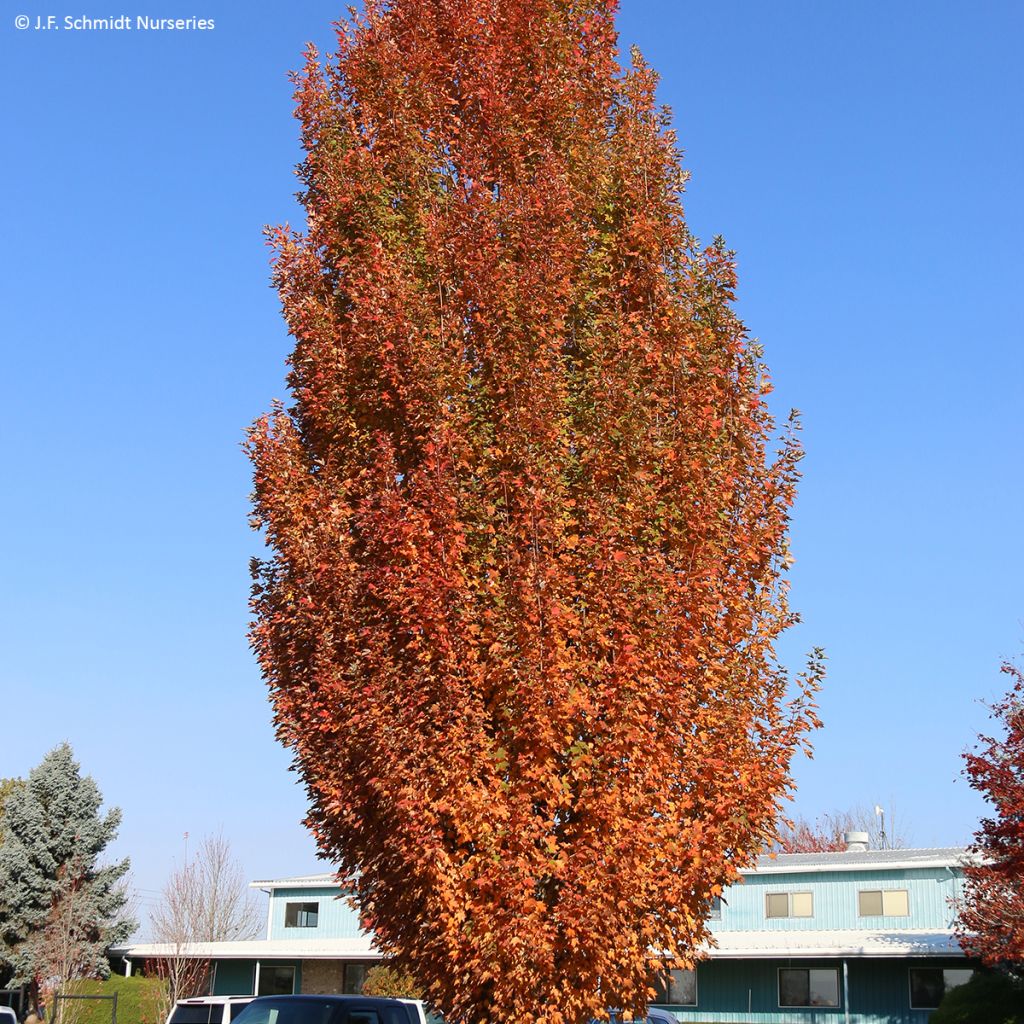

Acer rubrum Armstrong Gold - Red Maple
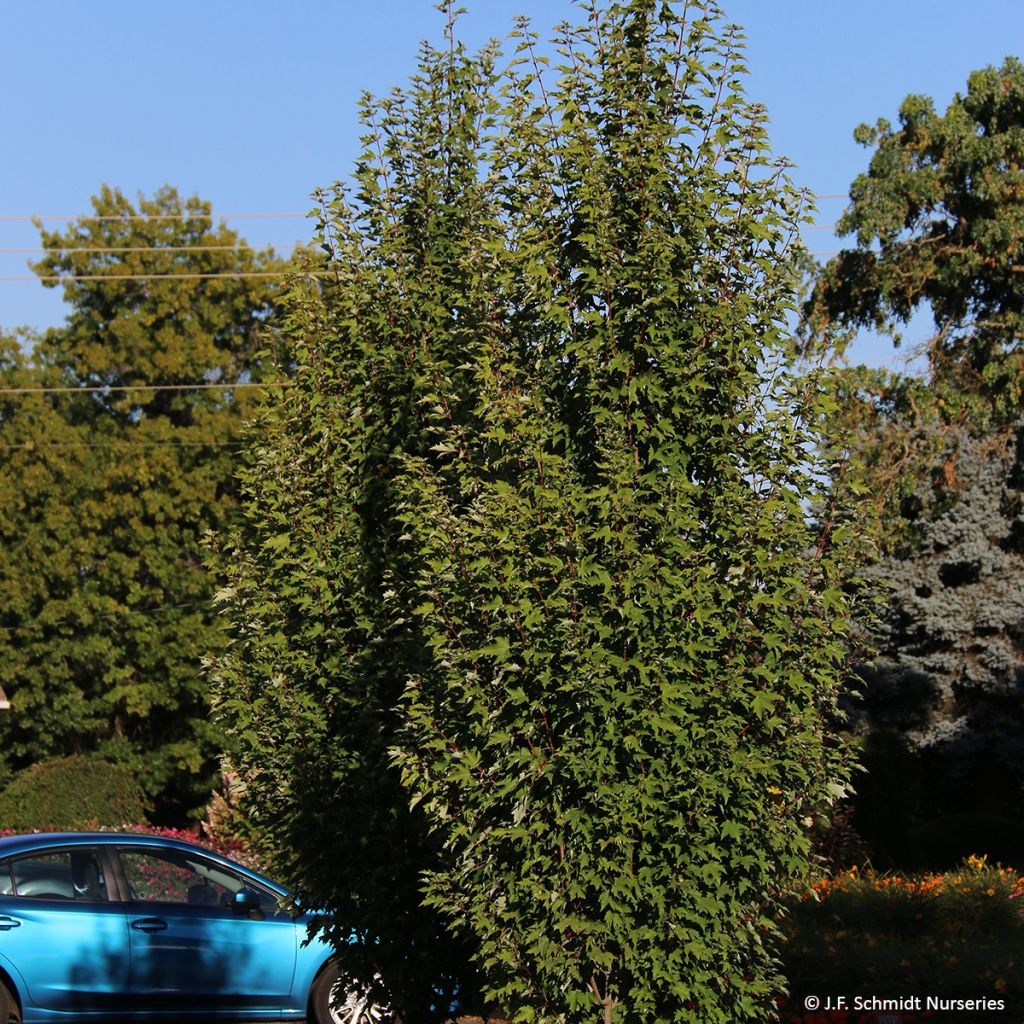

Acer rubrum Armstrong Gold - Red Maple


Acer rubrum Armstrong Gold - Red Maple
Acer rubrum Armstrong Gold - Red Maple
Acer rubrum Armstrong Gold
Canadian Maple, Red Maple, Virginia Maple
Special offer!
Receive a €20 voucher for any order over €90 (excluding delivery costs, credit notes, and plastic-free options)!
1- Add your favorite plants to your cart.
2- Once you have reached €90, confirm your order (you can even choose the delivery date!).
3- As soon as your order is shipped, you will receive an email containing your voucher code, valid for 3 months (90 days).
Your voucher is unique and can only be used once, for any order with a minimum value of €20, excluding delivery costs.
Can be combined with other current offers, non-divisible and non-refundable.
Home or relay delivery (depending on size and destination)
Schedule delivery date,
and select date in basket
This plant carries a 24 months recovery warranty
More information
We guarantee the quality of our plants for a full growing cycle, and will replace at our expense any plant that fails to recover under normal climatic and planting conditions.
Would this plant suit my garden?
Set up your Plantfit profile →
Description
Acer rubrum 'Armstrong Gold' is a variety of Red Maple recognisable by its well-defined silhouette, due to its narrow and fastigiate habit. In spring, it produces small clusters of red flowers, without much ornamental interest, but signaling the emergence of the foliage. The deciduous leaves, with well-marked lobes, have a particularly aesthetic shape. Their glossy green colour turns into bright golden yellow, tinged with orange in autumn, transforming the tree into a truly attractive torch flame in this season when days and brightness decrease. It grows quickly in full sun or partial shade in moist, neutral to acidic soil. Its distinctive form allows for multiple uses, whether as a standalone specimen or in a group of three on a lawn, in a row in a large space or as a backdrop in a small garden.
Formerly classified in the Aceraceae family, the Maple tree is now a member of the Sapindaceae family, just like the charming Koelreuteria, the delicious Litchi, or Dodonea with foliage used by florists. With about 150 species distributed throughout the northern hemisphere, the Acer genus mainly consists of trees, as well as some shrubs, mostly deciduous (except for Acer sempervirens from Crete and the Acer paxii from southern China). The Red Maple is a large tree native to the eastern part of North America, where it can reach over 30 metres in height in deep soils. Appreciated for its autumn colours in Europe, where it usually reaches a height of around twenty metres, it is cultivated in America for furniture making (cabinetmaking). Its second local name "swamp maple" indicates that it tolerates temporary floods and shows a preference for moist soils.
Armstrong Gold was introduced to the market by J. Frank Schmidt and Son Nurseries, located in Oregon (east coast of the United States), on 1200 hectares! This variety was selected from hundreds of seedlings of the Armstrong variety, of which it is an improvement in terms of foliage brightness and even narrower habit (the original variety is named after Newton Armstrong who discovered it in 1947 in Scanlon, Ohio).
Acer rubrum 'Armstrong Gold' is a fast-growing tree, but with moderate development, reaching 12 metres in height and only 3.50 to 4 metres in width. It has a very distinctive habit, with narrow vegetation in the shape of a flame with a pointed tip. The leaves, also easy to identify, are divided into 3 or 5 lobes, each with a well-defined crenate margin, which can even form small lobes on the main lobe. The slightly glossy, green leaves are sculptural. In autumn, the foliage takes on beautiful shades, turning into bright golden yellow with orange nuances, creating a stunning scene in the garden.
The dark red flowers are produced in spring (March-April) before the leaves, in relatively insignificant small clusters, from an ornamental point of view. They then develop into reddish fruits, which are pairs of samaras (the "helicopters" of our childhood, whose two wings produce the characteristic circular movement that when dispersed by the wind).
Well-suited for small gardens, this Armstrong Gold Red Maple is a choice specimen for enthusiasts of distinctive forms. Planting it as a standalone specimen will highlight its typical habit, but in smaller spaces, you can mix it with other species within a bed. Create contrasts in form by planting ball-shaped shrubs alongside it, such as a crenate Holly topiary (Ilex crenata Convexa), with non-prickly, evergreen, miniature, green foliage. Nyssa sylvatica Autumn Cascade, a Black Tupelo with trailing branches, will also be a good companion, not exceeding 5 metres in height, creating an evolving autumnal scene with its end-of-season foliage displaying yellow, orange, red, and purple hues! You can further enhance the colours by planting an Acer palmatum Dissectum Tamukeyama, a Japanese Maple with a spreading habit, the perfect opposite of your Red Maple, whose dissected palmate foliage emerges purple-red in spring before turning green in summer, and finally blazing with scarlet red in autumn.
Acer rubrum Armstrong Gold - Red Maple in pictures
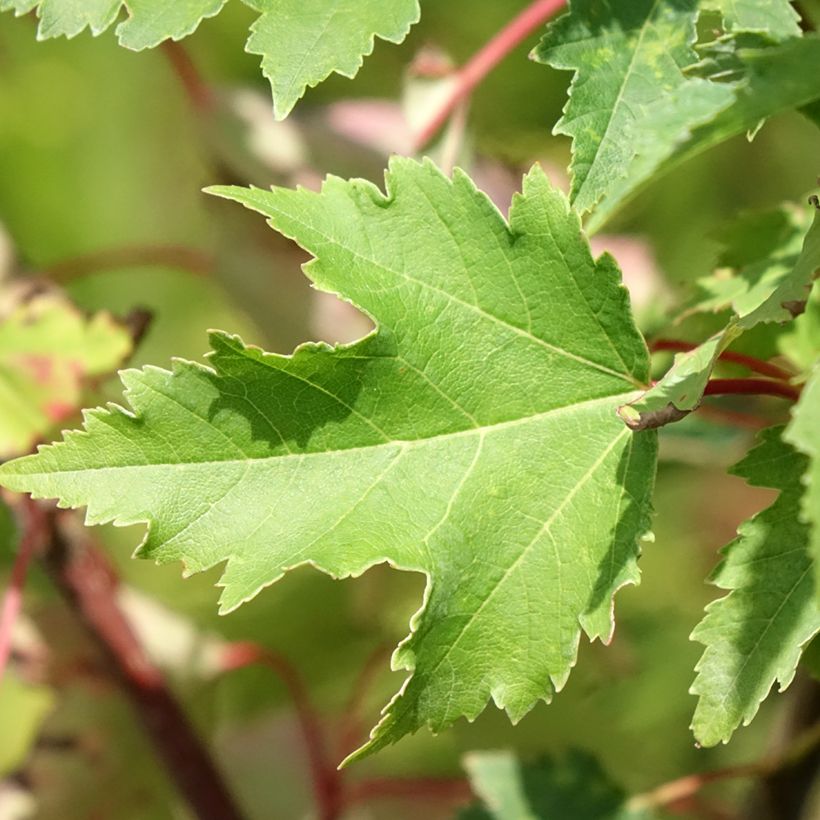

Plant habit
Flowering
Foliage
Botanical data
Acer
rubrum
Armstrong Gold
Sapindaceae (Aceraceae)
Canadian Maple, Red Maple, Virginia Maple
Acer x freemanii Armstrong Gold
Cultivar or hybrid
Planting and care
Acer rubrum 'Armstrong Gold' should be planted in spring or autumn in a deep, moist soil, preferably with an acidic tendency. It is perfectly hardy and can thrive in sunny or partially shaded locations. Soak the root ball in a bucket of water for about fifteen minutes before planting to ensure proper hydration. Dig a hole that is 60 cm wide and deep. Add planting soil and compost to the existing soil, mixing them evenly. Position the root ball so that its surface is level with the surrounding soil, then backfill and water thoroughly. Keep the soil moist during the first two summers after planting. Mulching can be beneficial to maintain soil moisture, depending on the climate. Pruning is not necessary. Remove dead wood in spring.
Planting period
Intended location
Care
Planting & care advice
This item has not been reviewed yet - be the first to leave a review about it.
Haven't found what you were looking for?
Hardiness is the lowest winter temperature a plant can endure without suffering serious damage or even dying. However, hardiness is affected by location (a sheltered area, such as a patio), protection (winter cover) and soil type (hardiness is improved by well-drained soil).

Photo Sharing Terms & Conditions
In order to encourage gardeners to interact and share their experiences, Promesse de fleurs offers various media enabling content to be uploaded onto its Site - in particular via the ‘Photo sharing’ module.
The User agrees to refrain from:
- Posting any content that is illegal, prejudicial, insulting, racist, inciteful to hatred, revisionist, contrary to public decency, that infringes on privacy or on the privacy rights of third parties, in particular the publicity rights of persons and goods, intellectual property rights, or the right to privacy.
- Submitting content on behalf of a third party;
- Impersonate the identity of a third party and/or publish any personal information about a third party;
In general, the User undertakes to refrain from any unethical behaviour.
All Content (in particular text, comments, files, images, photos, videos, creative works, etc.), which may be subject to property or intellectual property rights, image or other private rights, shall remain the property of the User, subject to the limited rights granted by the terms of the licence granted by Promesse de fleurs as stated below. Users are at liberty to publish or not to publish such Content on the Site, notably via the ‘Photo Sharing’ facility, and accept that this Content shall be made public and freely accessible, notably on the Internet.
Users further acknowledge, undertake to have ,and guarantee that they hold all necessary rights and permissions to publish such material on the Site, in particular with regard to the legislation in force pertaining to any privacy, property, intellectual property, image, or contractual rights, or rights of any other nature. By publishing such Content on the Site, Users acknowledge accepting full liability as publishers of the Content within the meaning of the law, and grant Promesse de fleurs, free of charge, an inclusive, worldwide licence for the said Content for the entire duration of its publication, including all reproduction, representation, up/downloading, displaying, performing, transmission, and storage rights.
Users also grant permission for their name to be linked to the Content and accept that this link may not always be made available.
By engaging in posting material, Users consent to their Content becoming automatically accessible on the Internet, in particular on other sites and/or blogs and/or web pages of the Promesse de fleurs site, including in particular social pages and the Promesse de fleurs catalogue.
Users may secure the removal of entrusted content free of charge by issuing a simple request via our contact form.
The flowering period indicated on our website applies to countries and regions located in USDA zone 8 (France, the United Kingdom, Ireland, the Netherlands, etc.)
It will vary according to where you live:
- In zones 9 to 10 (Italy, Spain, Greece, etc.), flowering will occur about 2 to 4 weeks earlier.
- In zones 6 to 7 (Germany, Poland, Slovenia, and lower mountainous regions), flowering will be delayed by 2 to 3 weeks.
- In zone 5 (Central Europe, Scandinavia), blooming will be delayed by 3 to 5 weeks.
In temperate climates, pruning of spring-flowering shrubs (forsythia, spireas, etc.) should be done just after flowering.
Pruning of summer-flowering shrubs (Indian Lilac, Perovskia, etc.) can be done in winter or spring.
In cold regions as well as with frost-sensitive plants, avoid pruning too early when severe frosts may still occur.
The planting period indicated on our website applies to countries and regions located in USDA zone 8 (France, United Kingdom, Ireland, Netherlands).
It will vary according to where you live:
- In Mediterranean zones (Marseille, Madrid, Milan, etc.), autumn and winter are the best planting periods.
- In continental zones (Strasbourg, Munich, Vienna, etc.), delay planting by 2 to 3 weeks in spring and bring it forward by 2 to 4 weeks in autumn.
- In mountainous regions (the Alps, Pyrenees, Carpathians, etc.), it is best to plant in late spring (May-June) or late summer (August-September).
The harvesting period indicated on our website applies to countries and regions in USDA zone 8 (France, England, Ireland, the Netherlands).
In colder areas (Scandinavia, Poland, Austria...) fruit and vegetable harvests are likely to be delayed by 3-4 weeks.
In warmer areas (Italy, Spain, Greece, etc.), harvesting will probably take place earlier, depending on weather conditions.
The sowing periods indicated on our website apply to countries and regions within USDA Zone 8 (France, UK, Ireland, Netherlands).
In colder areas (Scandinavia, Poland, Austria...), delay any outdoor sowing by 3-4 weeks, or sow under glass.
In warmer climes (Italy, Spain, Greece, etc.), bring outdoor sowing forward by a few weeks.






























